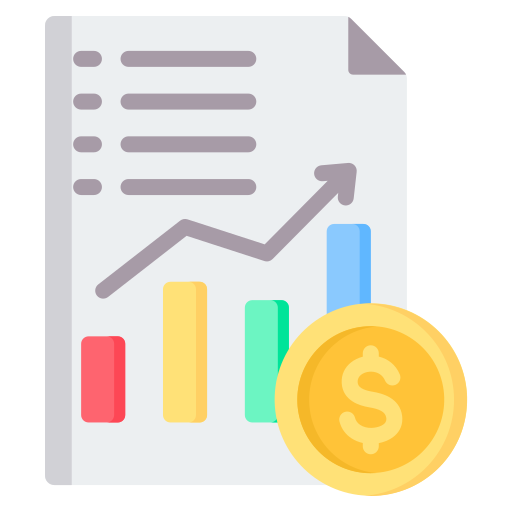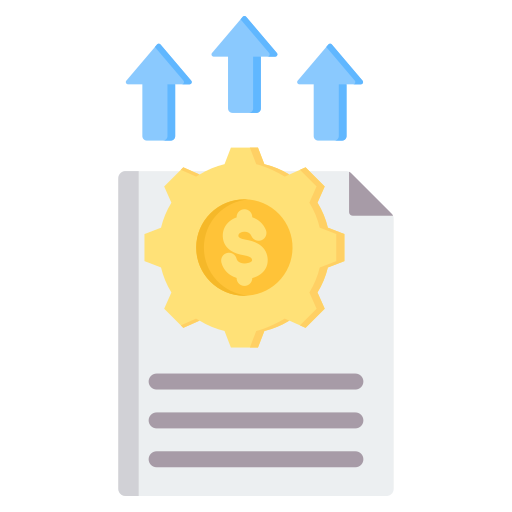

Rental property financial statements help landlords, investors, and property management companies understand the financial health and performance of a rental property. These rental property finance reports provide a summarized and detailed snapshot of a property’s financial health by tracking income, expenses, assets, and liabilities over time. Common reports include the balance sheet, which outlines the property’s assets, liabilities, and equity; and the income statement, which reports revenues and expenses over a specified period, showing whether the property is profitable.

Rental property financial statements serve as an important real estate investor tool to understand how a rental property is doing. They outline a property’s income, expenses, assets, and liabilities to paint a comprehensive picture of the property’s financial performance. Below we take a look at the 6 most frequently used rental property financial statements:

A rent roll is a comprehensive document or report used in rental real estate that details the income-producing properties owned by a landlord or property management company. It typically includes information about each unit such as tenant names, lease terms, rental rates, security deposits, and the payment history, serving as a crucial tool for assessing a property’s revenue potential and value.

A rental property balance sheet is a financial statement that provides a snapshot of a rental property’s overall financial position at a specific point in time by listing all assets, liabilities, and equity. Assets may include real estate, equipment, and cash on hand; liabilities could be mortgages and loans, or unpaid expenses, and equity represents the owner’s investment and accumulated earnings or losses.

A rental property income statement (also called a profit and loss statement) is a financial document that summarizes a property’s revenues, costs, and expenses over a specific period of time. It aims to showcase a property’s profitability and typically includes rental income, operating expenses (like maintenance, property taxes, insurance, and property management fees), and non-operating expenses such as interest on mortgages, leading to a final figure of net income or loss.

A rental property general ledger is a complete record of all financial transactions involving a property over its entire life. This includes detailed entries for all revenues (like rental income), expenses (such as repairs, rental property maintenance, taxes, and insurance), assets, liabilities, and equity, serving as a key tool for financial reporting and tracking the financial health of the property or business.

A rental property accounts payable statement is a financial document that lists all the money a property owner owes to suppliers, contractors and service providers, or other creditors, typically for services or goods received but not yet paid for. This statement helps track all outstanding debts, due dates, and payment history, playing a crucial role in managing cash flow and maintaining good relationships with suppliers and service providers.

A rental property accounts receivable statement is a financial document that lists all the money that tenants owe to the property owner, usually in the form of unpaid rent or other fees. This statement helps track owed amounts, due dates, and payment history, playing a key role in managing income, forecasting cash flow, and identifying delinquent accounts that may require further action.
Once a month, we send out an exclusive Rental Property Market Update with top stories, current mortgage rates, building products, and more. No spam and unsubscribe anytime.

Rental property year-end financials refer to the comprehensive financial statements prepared at the end of a fiscal year that summarize the financial performance and position of a rental property. These financials typically include an income statement, which details the property’s revenue (like rental income) and expenses (such as maintenance, property management fees, and taxes) to show the net income or loss; a balance sheet, which lists the property’s assets, liabilities, and equity; and a cash flow statement, which shows how changes in the balance sheet and income affect cash and cash equivalents, highlighting the property’s liquidity and financial health. These documents are important for property owners and investors to assess the property’s performance, make informed decisions, and prepare for tax filing.
Downloadable and customizable templates can be a great way to get started creating financial statements for your rental property. Each one of rental property financial statement pages includes a section for free downloadable templates in Microsoft Excel (.xlsx) and Adobe PDF (.pdf) formats:
Many small mom-and-pop landlords get by without ever creating financial statements. The need for financial statements usually arises with commercial real estate ownership, rental property investment partnerships, or large portfolios of rental properties that require complex financing. In these cases, it is common practice for lenders and investors to ask for one or several financial statements to get a better understanding of the property’s performance. Even if you don’t have an immediate need for one, try downloading our templates below to start understanding how they work.